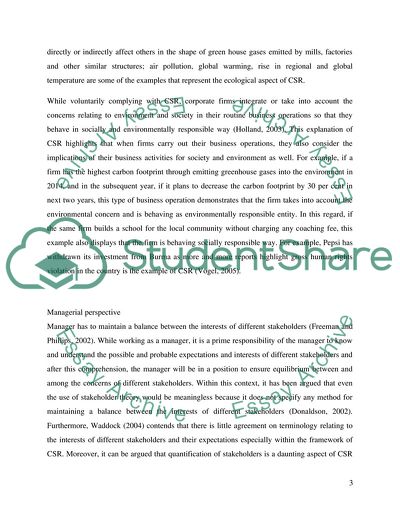Cite this document
(Corporate Social Responsibility Research Paper Example | Topics and Well Written Essays - 3250 words - 1, n.d.)
Corporate Social Responsibility Research Paper Example | Topics and Well Written Essays - 3250 words - 1. https://studentshare.org/ethics/1844990-business-ethics
Corporate Social Responsibility Research Paper Example | Topics and Well Written Essays - 3250 words - 1. https://studentshare.org/ethics/1844990-business-ethics
(Corporate Social Responsibility Research Paper Example | Topics and Well Written Essays - 3250 Words - 1)
Corporate Social Responsibility Research Paper Example | Topics and Well Written Essays - 3250 Words - 1. https://studentshare.org/ethics/1844990-business-ethics.
Corporate Social Responsibility Research Paper Example | Topics and Well Written Essays - 3250 Words - 1. https://studentshare.org/ethics/1844990-business-ethics.
“Corporate Social Responsibility Research Paper Example | Topics and Well Written Essays - 3250 Words - 1”. https://studentshare.org/ethics/1844990-business-ethics.


